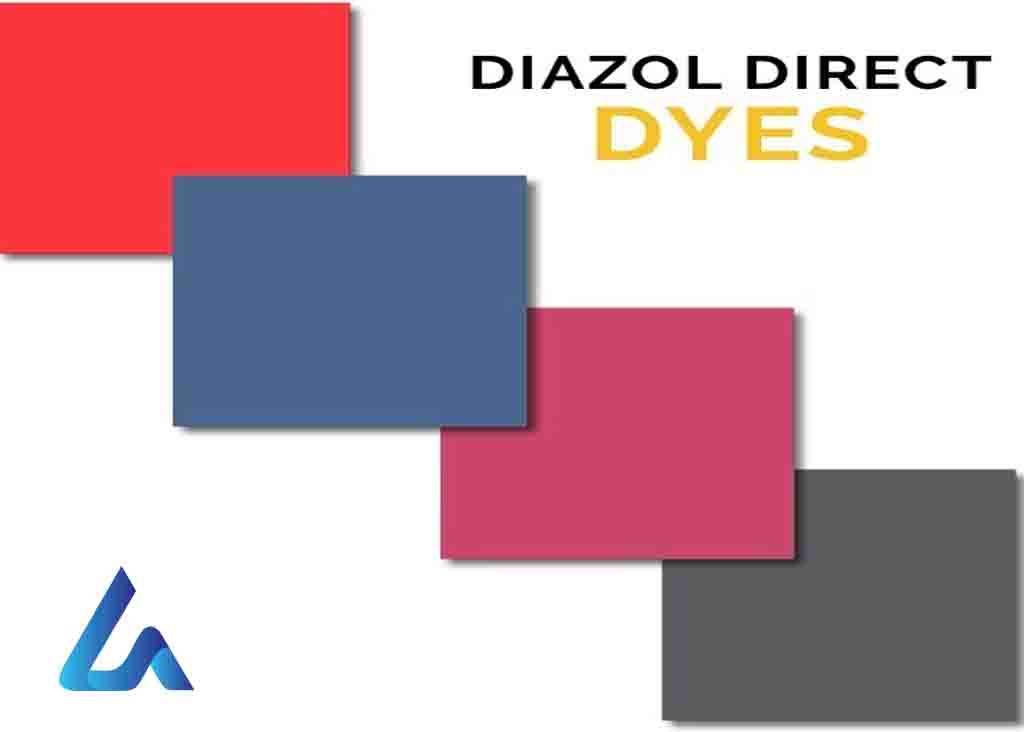
Direct dyes are water-soluble anionic dyes and retain sulphonic acid groups in the structure. These dyes are also called substantive dyes because of their excellent substantivity for cellulosic textile materials like cotton and viscose rayon.
Dyes are retained on the fiber by hydrogen bond and Vander Waal forces.
Properties of direct dyes
- Anionic in nature
- Good light fastness
- Poor wash fastness because of smaller particles with good water solubility which can be improved by further after-treatment
- Mainly applied on cellulosic fibers but suitable for protein fibers also like nylon, silk; and wool
- Shorter dyeing cycle
- Ease of application
Types of Direct dyes
1.Chemical structure
2. SDC classification based on dyes’ leveling ability and their response to an increase in the dyeing temperature and to added salt during exhaust dyeing.
3. Chemical structure: Most of the dyes belong to the azo dye class- Monoazo dyes (Diamine scarlet); Diazo dyes (Congo red); Triazo dyes (brown); Polyazo dyes (Chlorazol dyes). A few are stilbene derivatives
4.SDC classification is as follows-
- SDC Class A direct dyes– Self-levelling dyes with good migration; even in the absence of salt and heat. Usually require considerable amounts of salt for good exhaustion due to their lower substantivity.
- SDC Class B direct dyes- Salt-sensitive or salt-controllable dyes with poor leveling characteristics. But level dyeing can be achieved with controlled addition of electrolyte even without the application of heat during exhaustion.
- SDC Class C direct dyes- Very salt-sensitive dyes. They exhibit poor migration. Only salt application is not so effective. They require the additional application of temperature along with salt for proper exhaustion.
Factors influencing dye uptake
- Temperature
- pH
- Time
- Liquor ratio
- Affinity of dye
- Role of electrolyte
Reference: https://www.textileproperty.com/
You May Also Read :
- Dyeing in Textile | Types, and Methods |
- A cloth that can hear your heartbeat
- What is Color Changing Fabric?
- Types of Fabric Printing Method
